Transforming cultural industries with technology
Museums and cultural heritage sites are harnessing the power of technology to transform the way that content is experienced. Take a look at some of the most innovative ways cultural institutions are using technology to share knowledge, tell stories, and step back into the past. The award-winning technology and media studio Novelab, a brand in the Mantu ecosystem, played a key role in the development of these projects.
Transcending space and time with virtual recreations
There is a Paleolithic cave in the south of France which houses art that is estimated to be over 30,000 years old. This cave, known as Grotte Chauvet-Pont d’Arc, has never been open to the public as the large-scale admission of visitors could do irreparable harm to the priceless artwork it contains.
Acting in the public’s interest, a replica cave was built: rendering reproductions of the Grotte Chauvet-Pont d’Arc prehistoric art accessible to all. The curators, however, wanted to make the visitor experience about more than just the art on display. In fact, a key objective of the site was to educate visitors about the role and place of artists in Paleolithic societies.
This is what prompted the curators to bring prehistory to life like never before, by using VR. A 360-degree 3D film was commissioned: granting visitors the ability to experience Paleolithic art culture from a first-person perspective.

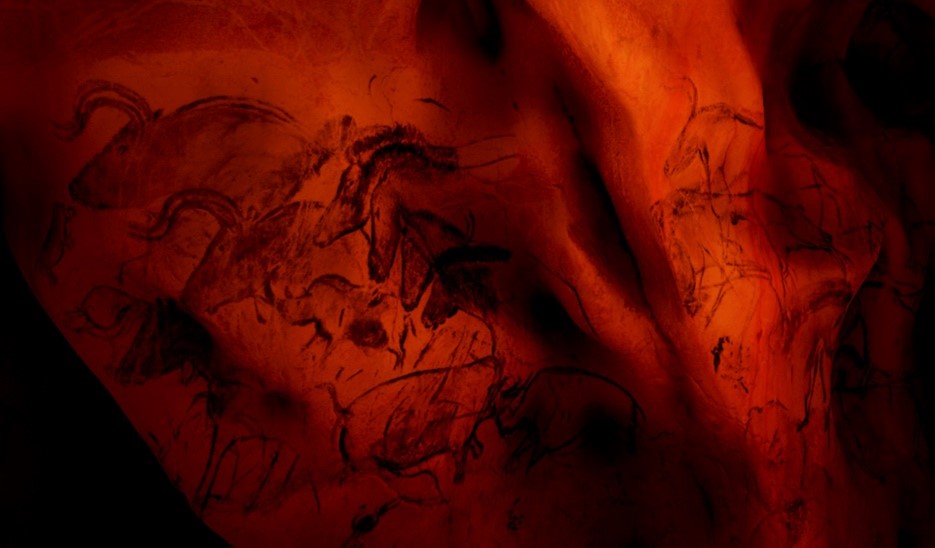
The 9-minute-long VR film allows viewers to see the cave through the eyes of their ancestors. This creates a more tangible connection between our prehistoric ancestors and our contemporary cultural identity.
Film is not the only medium capable of bringing history to life.
The MuséoParc Alésia is an interpretation center and archaeological site in France that uses gamification to get visitors to relive the city of Alésia’s past. Through a set of thirteen interactive games, visitors can fully immerse themselves in Alésia’s Gallo-Roman past.
Each game transmits historical or archaeological information. There is a virtual excavation game that shows players how to properly excavate archaeological artifacts. There is also an interactive combat adventure that teaches visitors how to emulate the battle techniques of the Gauls and the Romans. Remarkably, there is even a game that allows players to test the power and complexity of a Roman ancient missile weapon.
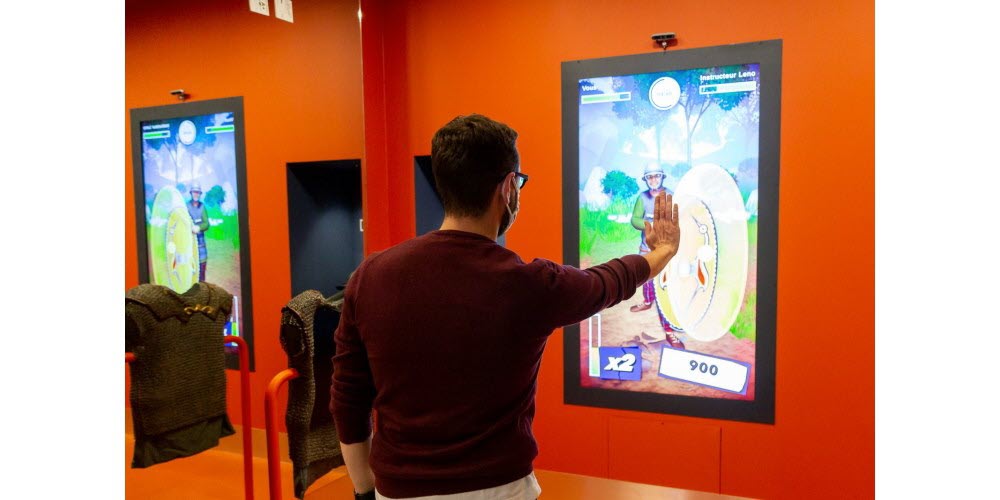
The games enable visitors to feel a deeper sense of cultural connection to these long-gone civilizations.
Although the replica cave and the MuséoParc Alésia use technology differently, at the core of both projects is the desire to balance education and historical accuracy with interactivity and entertainment.
Gamification: creating unique value in cultural industries
Today, museum curators are increasingly seeing gamification as an appropriate and effective tool to encourage meaningful engagement and critical thinking among visitors. In fact, the largest science museum in Europe, Cité des sciences et de l’industrie, launched an AR survival game on site in 2020.
The mobile game consists of a choose-your-own-adventure style treasure hunt. In the game, players are alone in a forest and must decide for themselves how to find shelter, food, water, and start a fire. Each choice the user makes determines the sequence of events and triggers distinct quests.
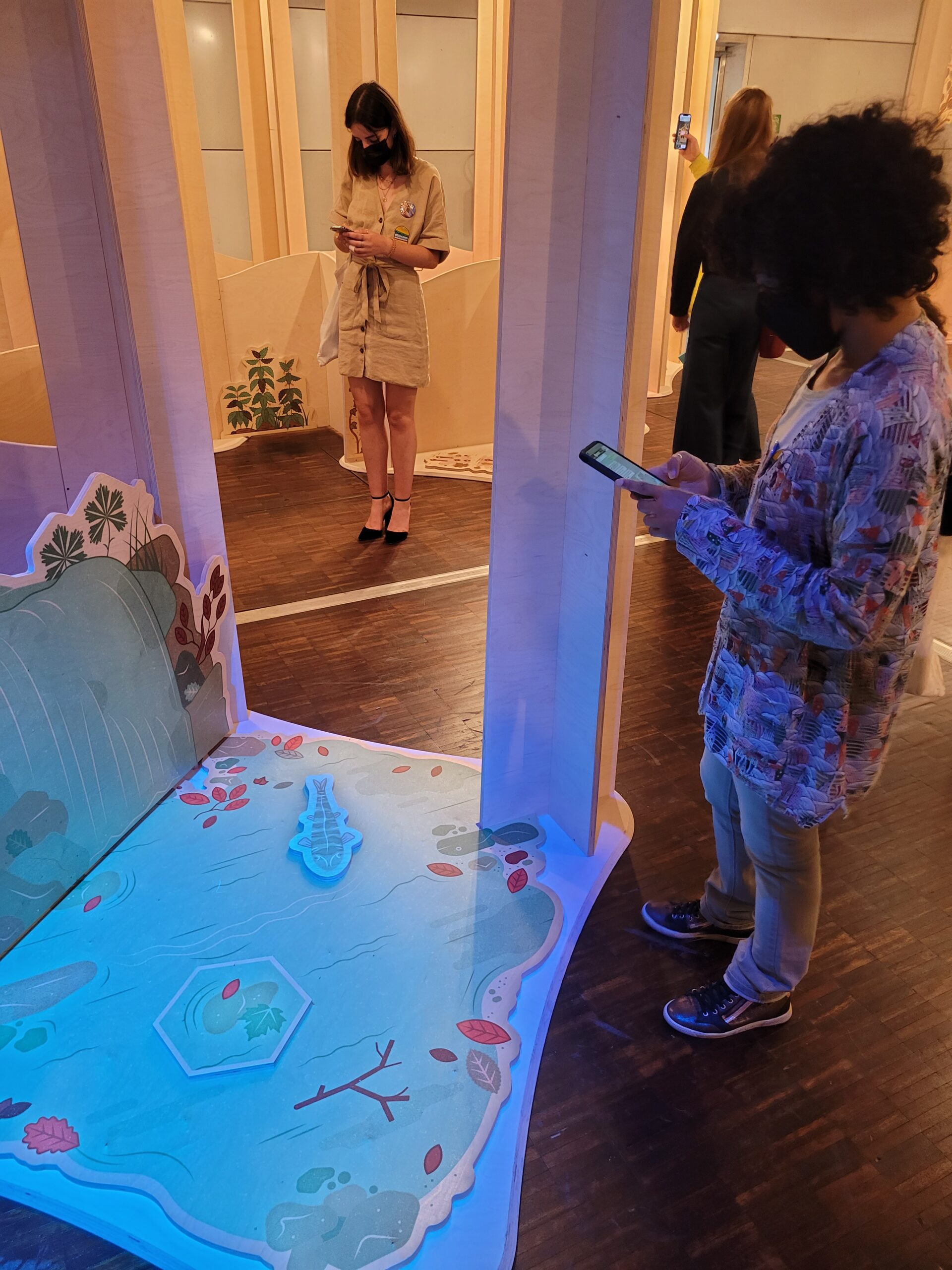
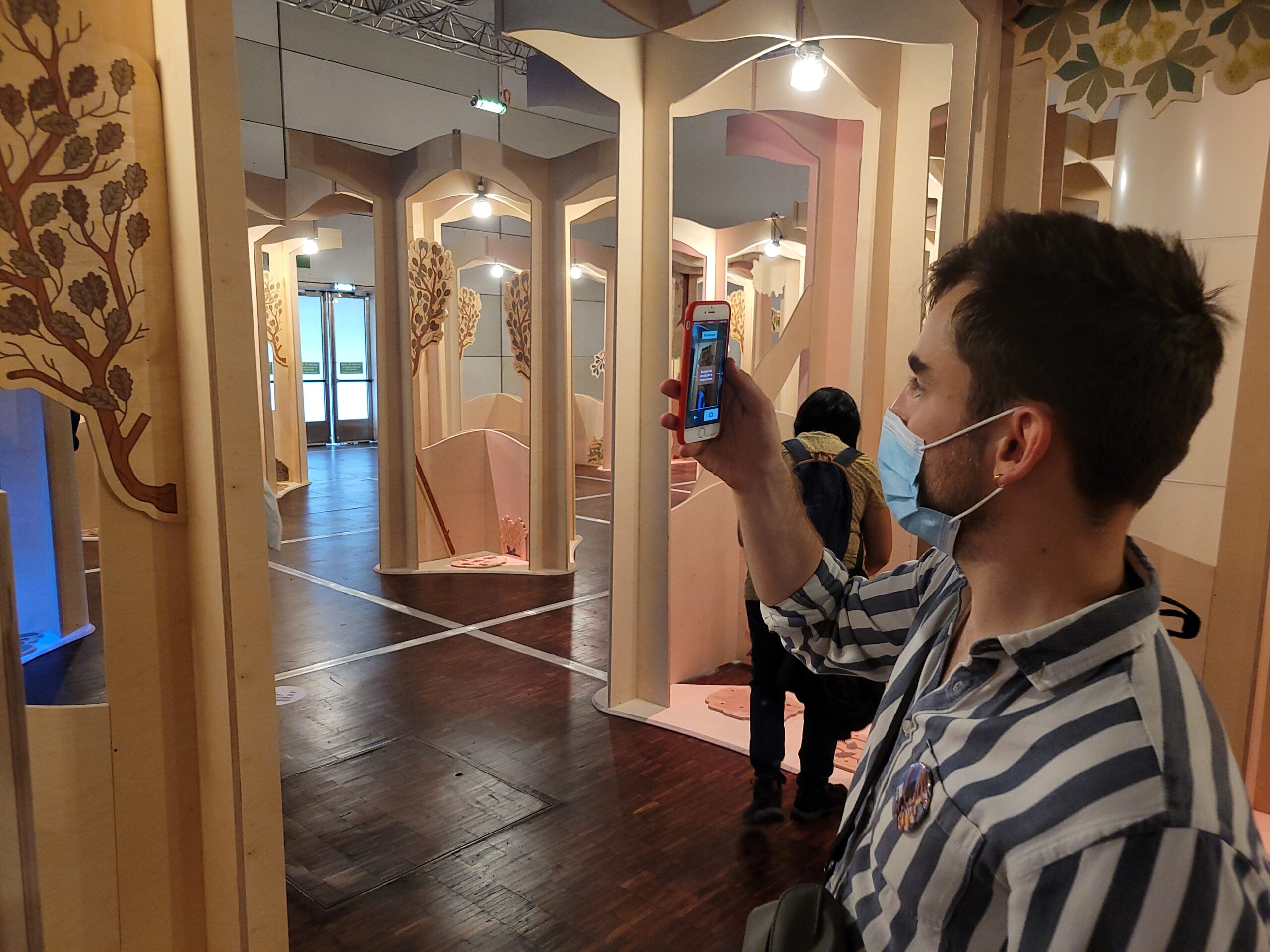
The exhibition challenges visitors to reflect on and question their survival instincts and knowledge. It cultivates interest in learning by providing a unique educational experience.
The Coeur et Coteaux du Comminges Tourism Office was likewise keen to leverage mixed reality to sensationalize their visitor experience. They developed new interactive experiences to complement permanent exhibitions at six tourist attractions.
These six immersive adventures make visitors the hero of a time travel game.
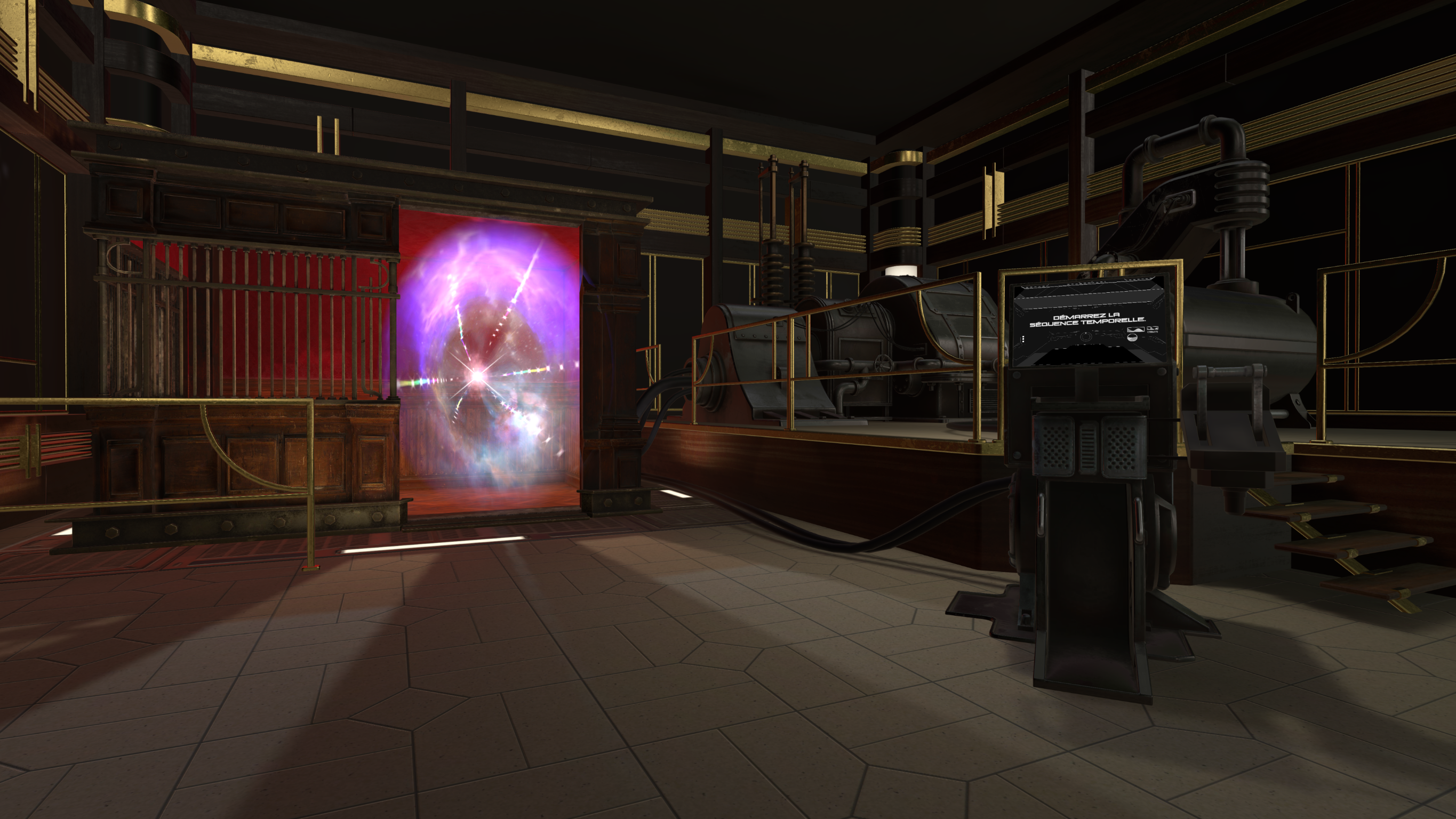
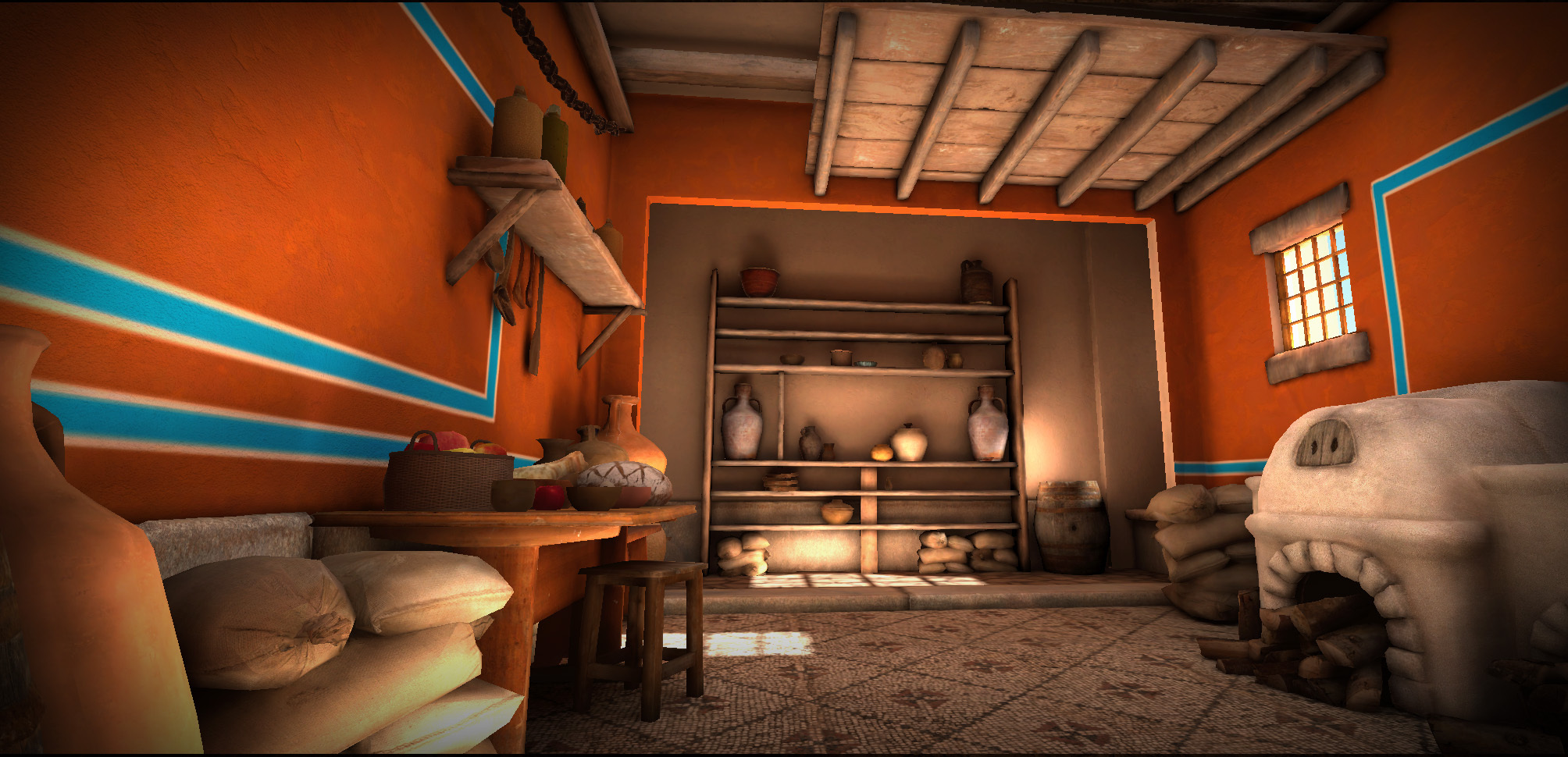
Each game ‘teleports’ the player to a distinct time in the territory’s past, where they are assigned a mission. For example, at one installation, they are sent back in time to a Roman kitchen in the Gallo-Roman era: the visitor must learn about this period’s dishes, seasoning, and utensils to succeed. At another installation, the player is sent to the 19th century to help an inventor repair a brand-new steam engine for the World Fair.
The games provide users with unique glimpses of history, disseminating cultural content in a dynamic way.
Technology is increasingly being used to develop memorable, immersive, and interactive visitor experiences. Using technology to share content enables curators to place objects, historical events and sites in context; illustrating their impact and bringing them to life. The combination of technology, culture, and entertainment may indeed effectively attract wider audiences to cultural institutions all the while enhancing collections and displays.
One thought on “Transforming cultural industries with technology”
Comments are closed.